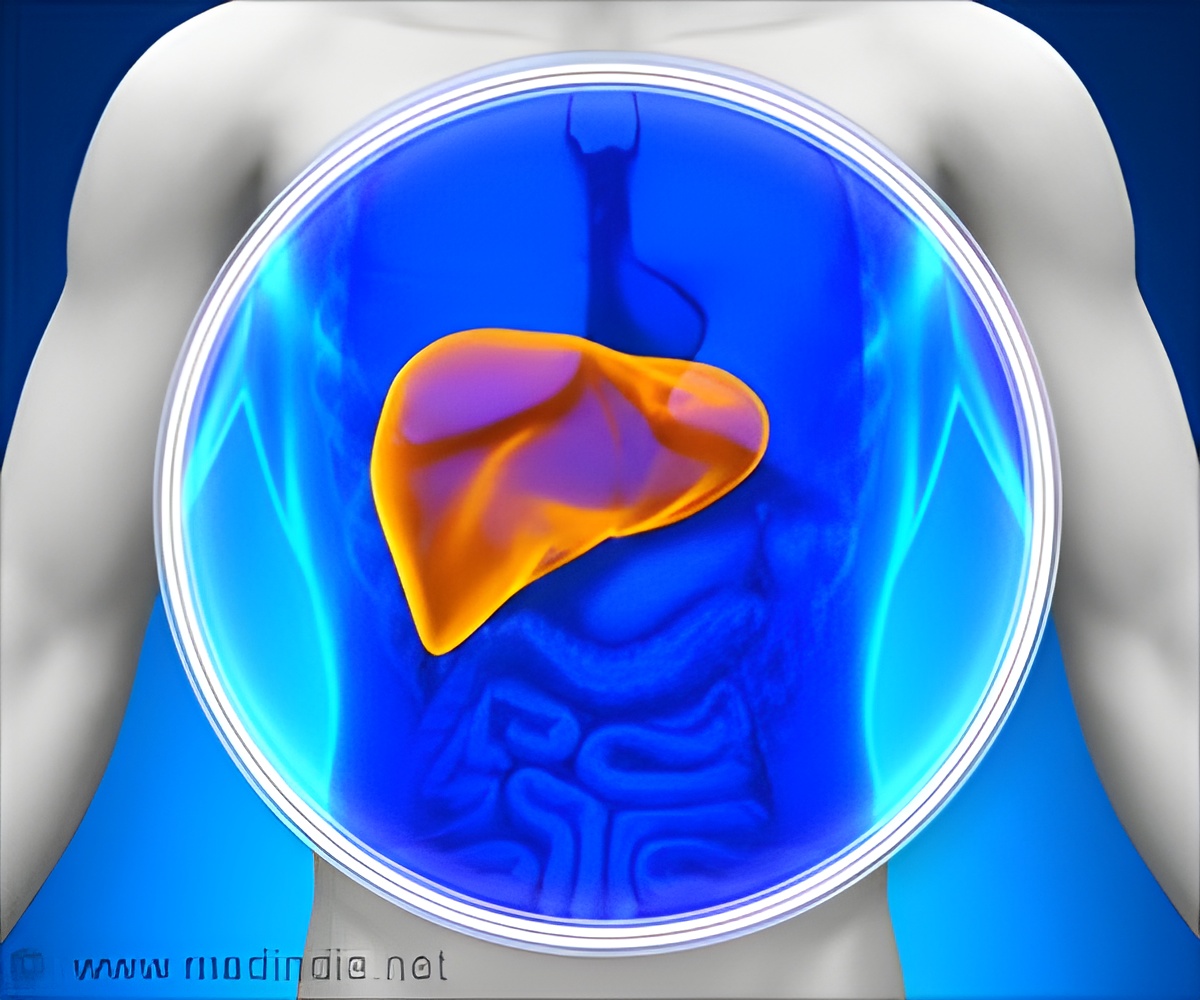The non-invasive method of predicting the risk of developing a severe liver disease helps patients to receive life-saving medical intervention at the earliest.

‘The new non-invasive method predicts whether people with non-alcoholic fatty liver disease are progressing to non-alcoholic steatohepatitis, the more severe form of the disease.’





NASH is the most extreme form of non-alcoholic fatty liver disease (NAFLD), a range of conditions caused by a build-up of fat in the liver. With NASH, inflammation of the liver damages the cells, potentially causing scarring and cirrhosis. Currently, the diagnosis of NASH can only be done with a liver biopsy, an invasive and costly procedure. The new research could lead to a simple blood test that could catch the onset of NASH before inflammation damages the liver.
Lead researcher You Zhou said, "Many people with non-alcoholic steatohepatitis do not have symptoms and are not aware they are developing a serious liver problem. As such, diagnosis often comes after irreversible damage is done."
"Our quicker and less invasive method of diagnosis could mean that more people with non-alcoholic fatty liver disease could be easily tested to determine whether they are progressing to non-alcoholic steatohepatitis, the more severe form of the disease," he added.
A healthy liver should contain little or no fat. It's estimated that around 20 percent of people in the UK have early stages of NAFLD where there are small amounts of fat in their liver.
Advertisement
This can lead to complete liver failure. Common risk factors for both NAFLD and NASH are obesity, lack of physical exercise and insulin resistance. But if detected and managed at an early stage, it's possible to stop both NAFLD and NASH from getting worse. The new method of NASH diagnosis will undergo further investigation with a view to developing a simple blood test that can be used by clinicians to provide effective medical care for patients at high risk of the disease.
Advertisement
Source-ANI















